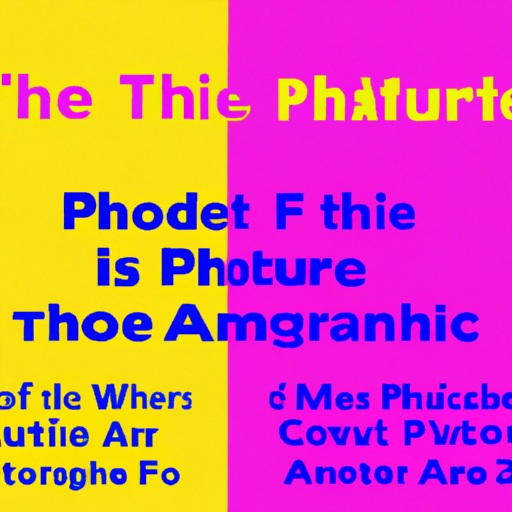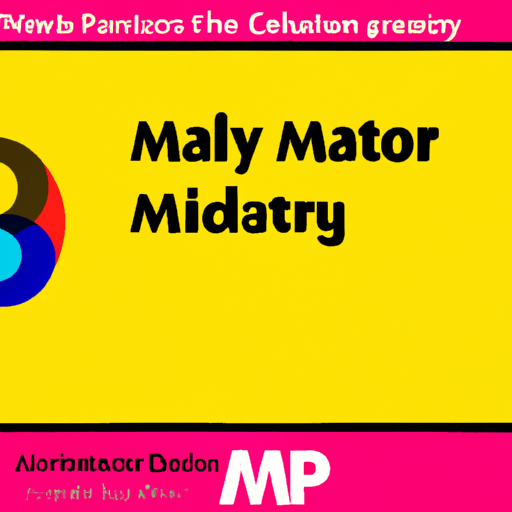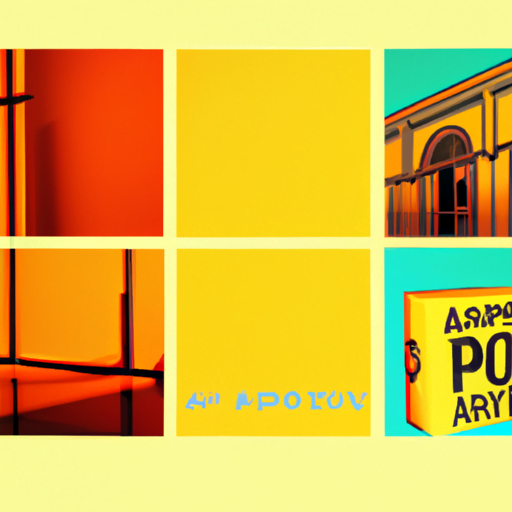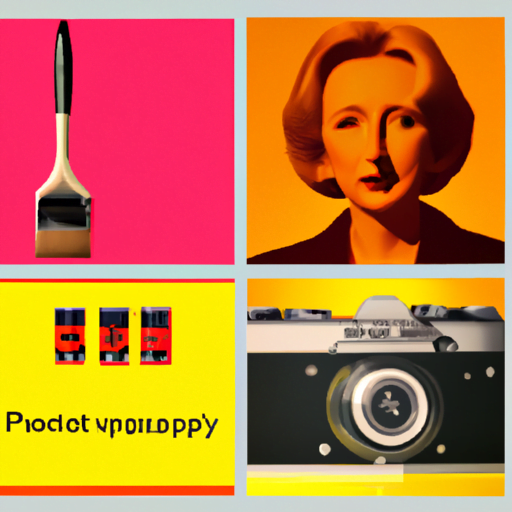Table of Contents
The Future of Typography: Variable Fonts

Typography plays a crucial role in design, communication, and user experience. It has evolved significantly over the years, from traditional print to digital platforms. With the advent of variable fonts, a new era of typographic possibilities has emerged. In this article, we will explore the concept of variable fonts, their benefits, and their potential impact on the future of typography.
What are Variable Fonts?
Variable fonts are a groundbreaking development in typography that allow for the creation of typefaces with adjustable attributes. Unlike traditional fonts that come in fixed styles, such as regular, bold, or italic, variable fonts offer a wide range of possibilities within a single font file. This means that designers can now have more control over the weight, width, slant, and other characteristics of a typeface.
Variable fonts are based on the OpenType font format, which has been widely adopted by major operating systems and design software. This format allows for the inclusion of multiple design variations within a single font file, making it more efficient and flexible for both designers and developers.
The Benefits of Variable Fonts
Variable fonts offer several advantages over traditional fonts, making them a powerful tool for designers and developers. Here are some key benefits:
- Flexibility: With variable fonts, designers have the ability to fine-tune the typography to fit specific design requirements. They can adjust the weight, width, and other attributes of a typeface to create a more harmonious and balanced design.
- Efficiency: Variable fonts reduce the number of font files required, which improves website performance and reduces bandwidth usage. This is particularly important for responsive web design, where fonts need to adapt to different screen sizes and resolutions.
- Consistency: Variable fonts ensure consistent typography across different devices and platforms. Designers can define a single font file that adapts to various contexts, maintaining the intended design regardless of the user’s device or software.
- Accessibility: Variable fonts can enhance accessibility by allowing users to customize the typography according to their preferences. People with visual impairments, for example, can adjust the font size or weight to improve readability.
Use Cases and Examples
Variable fonts have already been embraced by various industries and have proven to be a valuable asset in different design contexts. Let’s explore some notable use cases and examples:
Responsive Web Design
Variable fonts are particularly useful in responsive web design, where typography needs to adapt to different screen sizes and resolutions. By adjusting the weight, width, or other attributes of a typeface, designers can ensure optimal legibility and readability across various devices.
For example, the website of the Apple showcases the use of variable fonts to create a consistent and visually appealing typography experience. The San Francisco font, designed specifically for Apple, is available as a variable font and adapts seamlessly to different screen sizes, maintaining its intended design.
Brand Identity
Variable fonts offer new possibilities for brand identity design. Companies can create custom typefaces that can adapt to different contexts while maintaining a consistent brand image. This flexibility allows for more creative and dynamic typography that aligns with the brand’s personality.
An example of this is the typeface used by Netflix. The custom variable font, called Netflix Sans, allows the streaming giant to maintain a consistent visual identity across various platforms and devices, while also providing flexibility for different design needs.
Print Design
Variable fonts are not limited to digital platforms; they can also be used in print design to enhance typographic creativity. Designers can experiment with different variations of a typeface within a single font file, allowing for more expressive and unique designs.
The book “Variable Fonts: A Practical Guide” by Laurence Penney showcases the potential of variable fonts in print design. The book itself is set in a variable font, allowing readers to experience the versatility and possibilities of this new typographic technology.
The Future of Typography
Variable fonts have the potential to revolutionize typography and shape the future of design. As this technology continues to evolve, we can expect to see even more innovative use cases and advancements. Here are some predictions for the future of typography:
- Increased Adoption: As more designers and developers become familiar with variable fonts, their adoption will continue to grow. This will lead to a wider range of variable fonts available, catering to different design needs and preferences.
- Improved Tools and Support: Design software and web browsers will continue to improve their support for variable fonts, making it easier for designers to work with this new technology. We can expect more intuitive interfaces and advanced features that leverage the full potential of variable fonts.
- Enhanced User Experience: Variable fonts will play a significant role in enhancing user experience by allowing for more personalized and accessible typography. Users will have greater control over the appearance of text, leading to improved readability and engagement.
- Collaboration and Community: The variable font community will continue to grow, fostering collaboration and knowledge sharing among designers, developers, and typographers. This will result in the development of new techniques, best practices, and resources that further push the boundaries of typographic design.
Conclusion
Variable fonts are a game-changer in the world of typography. They offer unprecedented flexibility, efficiency, and consistency, making them an invaluable tool for designers and developers. With their ability to adapt to different contexts and user preferences, variable fonts have the potential to revolutionize typography and shape the future of design. As this technology continues to evolve, we can expect to see even more innovative use cases and advancements that push the boundaries of typographic creativity.









